
Our second tour in Hue was down the Perfume River to various pagodas, mausoleums and monuments located on its banks. We were picked up at our AirBnB by a pair of scooters and that was an adventure on its own. Traffic in Vietnam follows its own mysterious rules and, while Hue’s roads are tame by the standards the country’s larger cities, it’s still a wild scene. We got to our destination safely and joined a fleet of tourist boats as they headed out, all with a similar dragon motif. Lunch was served on the boat. It’s an industry.

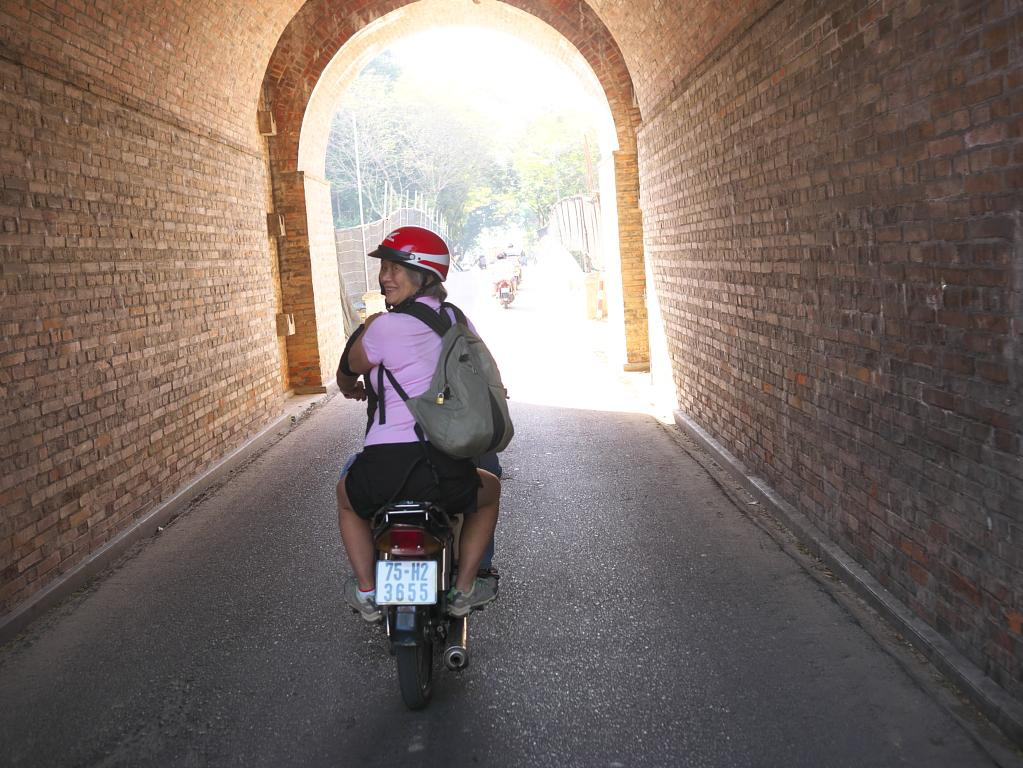


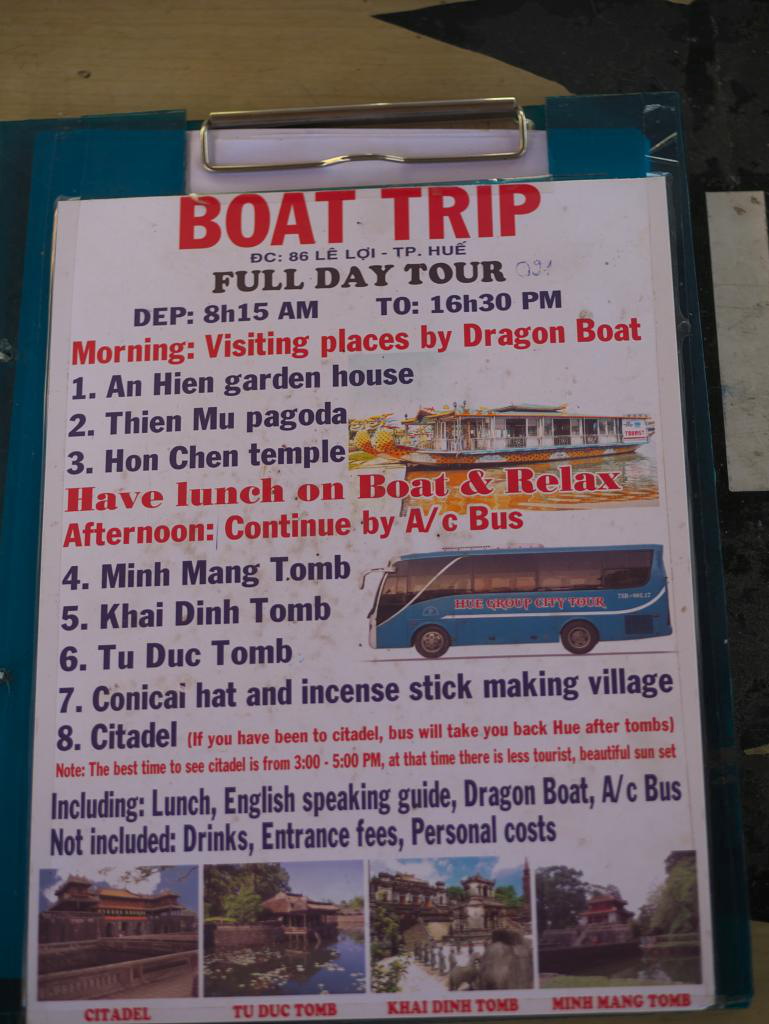
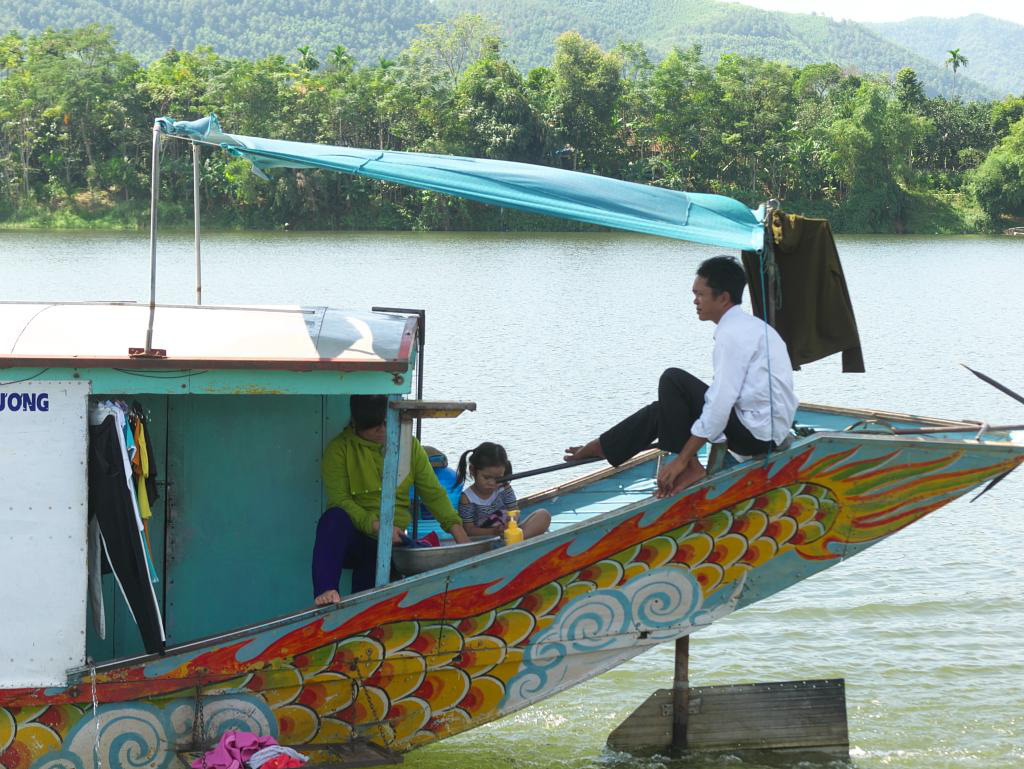


Many of the incredible places we visited were built to memorialize emperors of the Nguyen dynasty, which had been a powerful family for centuries and unified Vietnam in 1802. They started as vassals of the Chinese and ended as puppets of their French colonial rulers. Their administrative structure, culture (Buddhism, Confucianism & Taoism), architecture and design motifs have clear Chinese roots and their language was Chinese.
Our first stop was at the Thieu Mu Pagoda, a Buddhist monastery with an interesting historical artifact. In 1963 a monk traveled to Saigon to set himself on fire in protest of the anti-Buddhist policies of President Diem, an enthusiastically oppressive Catholic. A widely circulated photo of the monk’s self-immolation led to widespread unrest which led to a U.S.-sponsored coup and Diem’s assassination. The monk’s suicide was a major turning point in modern Vietnamese history. The car he used that day is in the background of the famous photo and on display at the pagoda.

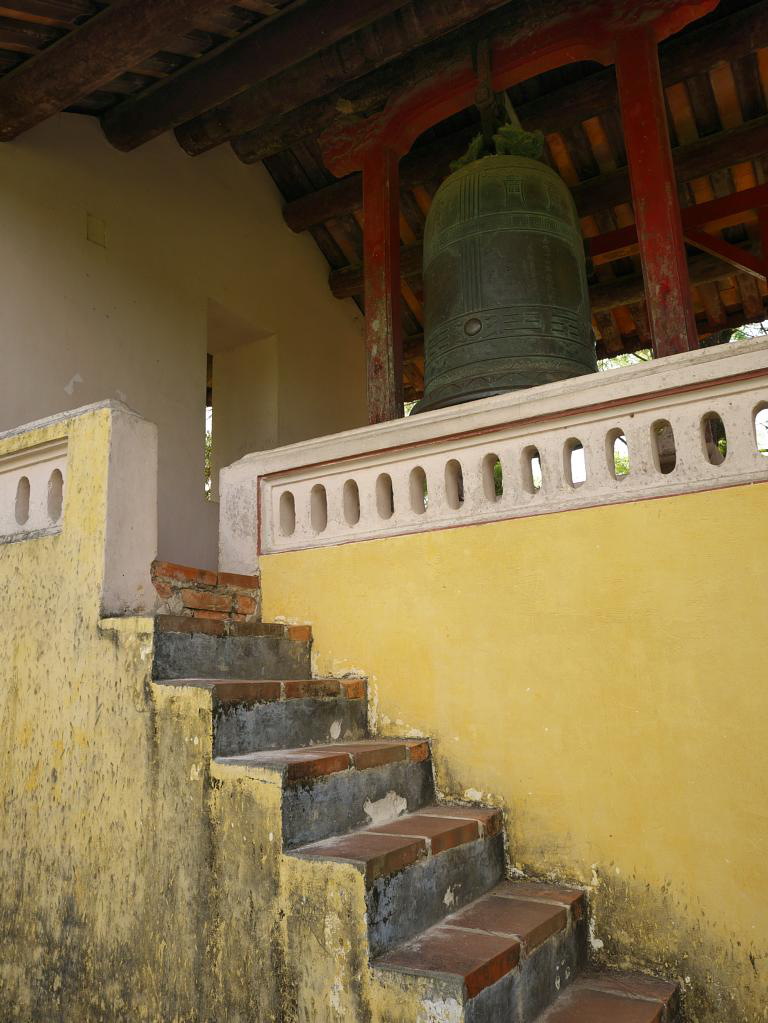
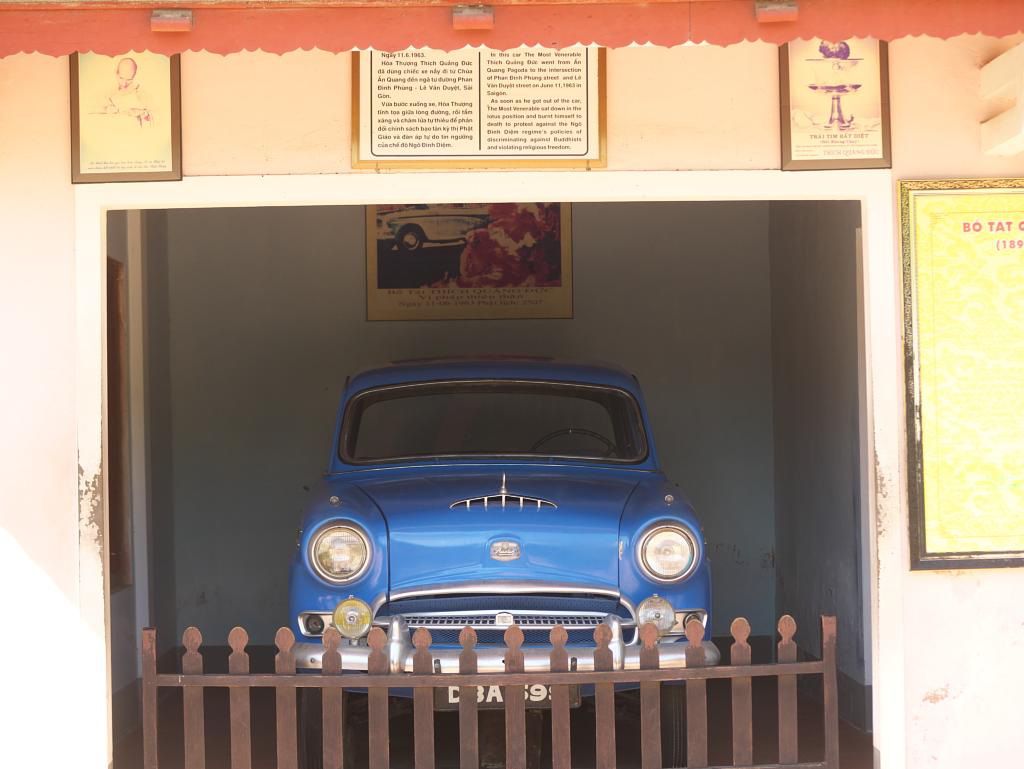

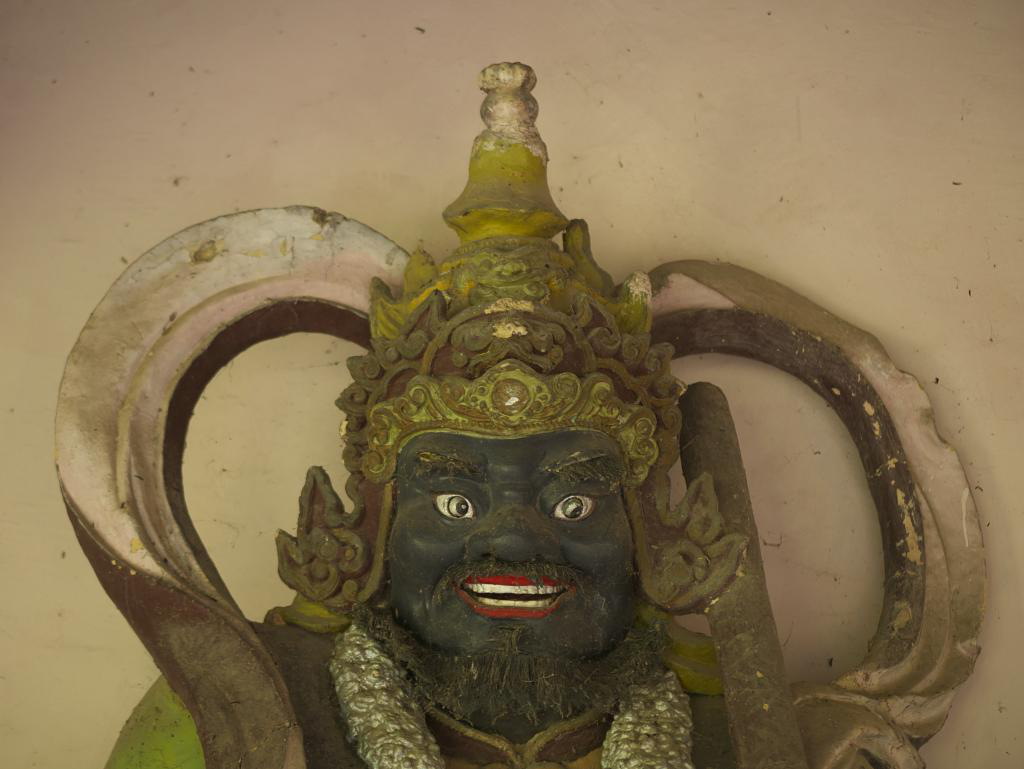
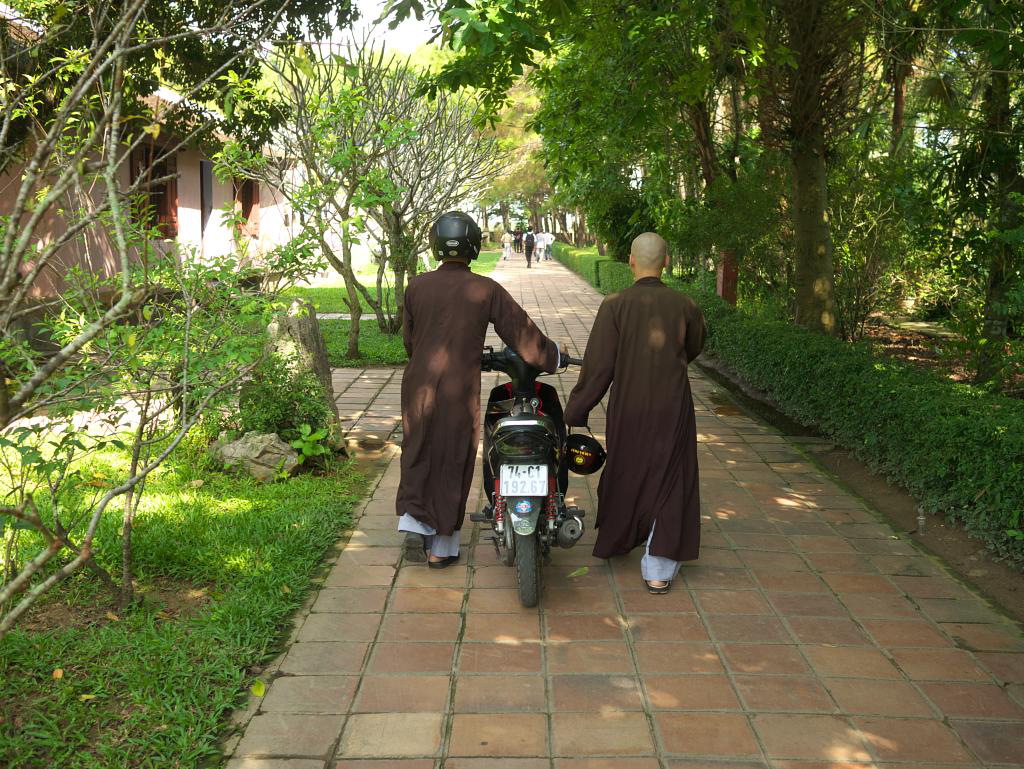
The next stop was at the Hon Chen temple, restored by Minh Mang in 1832 and devoted to Po Nagar, the Goddess of the Cham minority. It is being restored (again) so most sections were closed and our visit was brief.
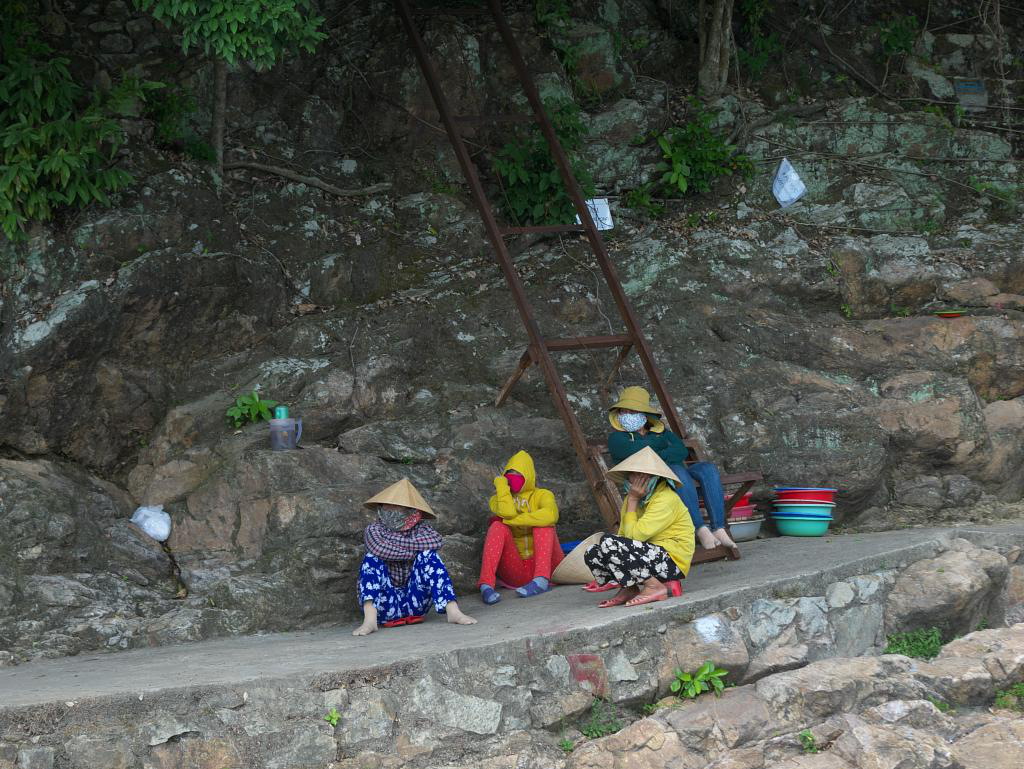


Next up was the tomb of Emperor Minh Mang, a towering figure of the Nguyen Dynasty who ruled from 1820 to 1841 and is credited with unifying the country. Vietnam has a complicated history and the desire to unify it as an independent country is a longstanding theme.
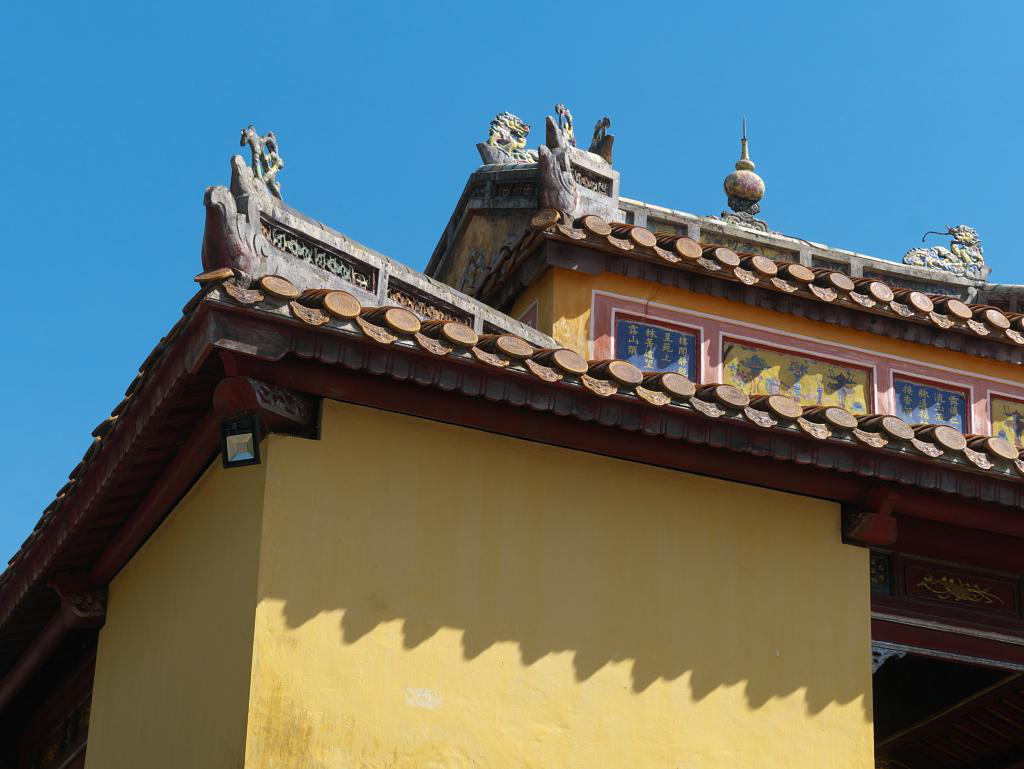

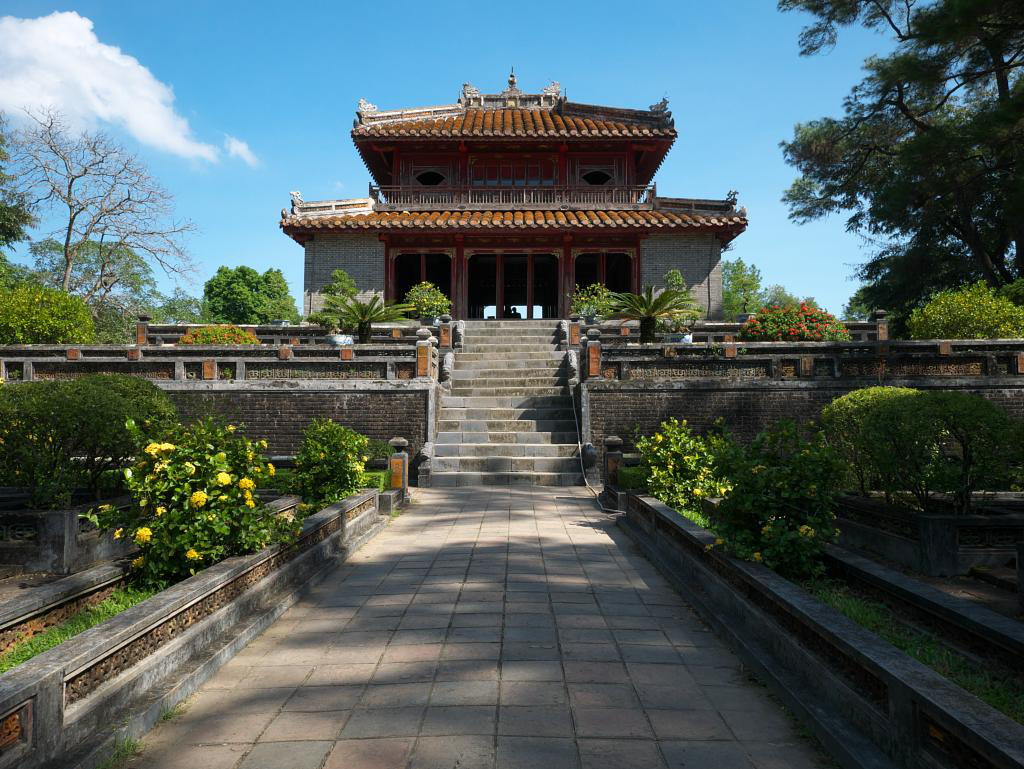
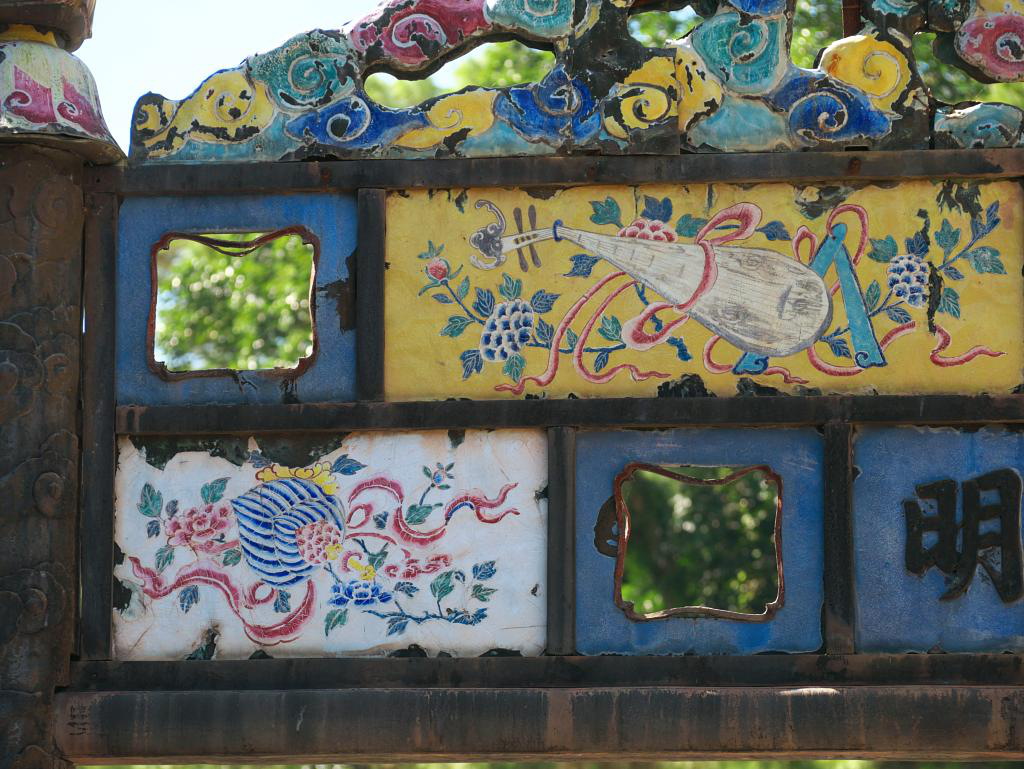

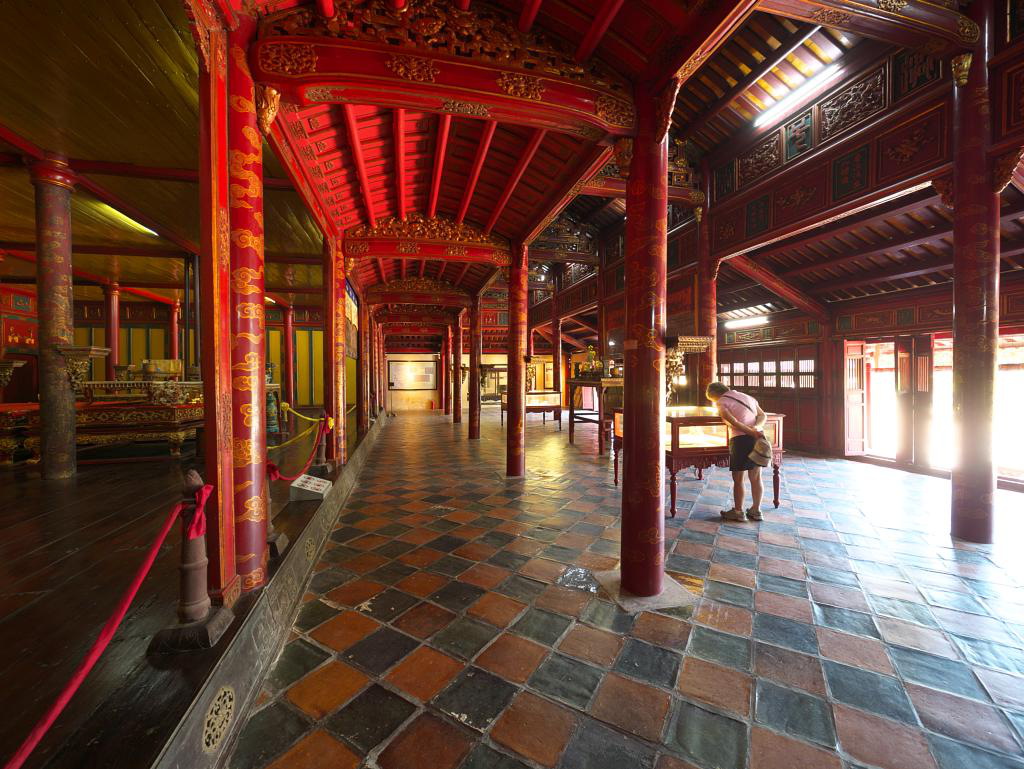


It was back on the boat for another short trip to the Khai Dinh mausoleum. He was emperor from 1916 to 1925 and mocked by his people as an employee of the French. Khai Dinh planned and built his own extravagant tomb and imposed heavy taxes to pay for it. He was not a popular man. These vast grave markers say a lot about the monumental egos involved but they also present great photographic opportunities so thanks, Khai!





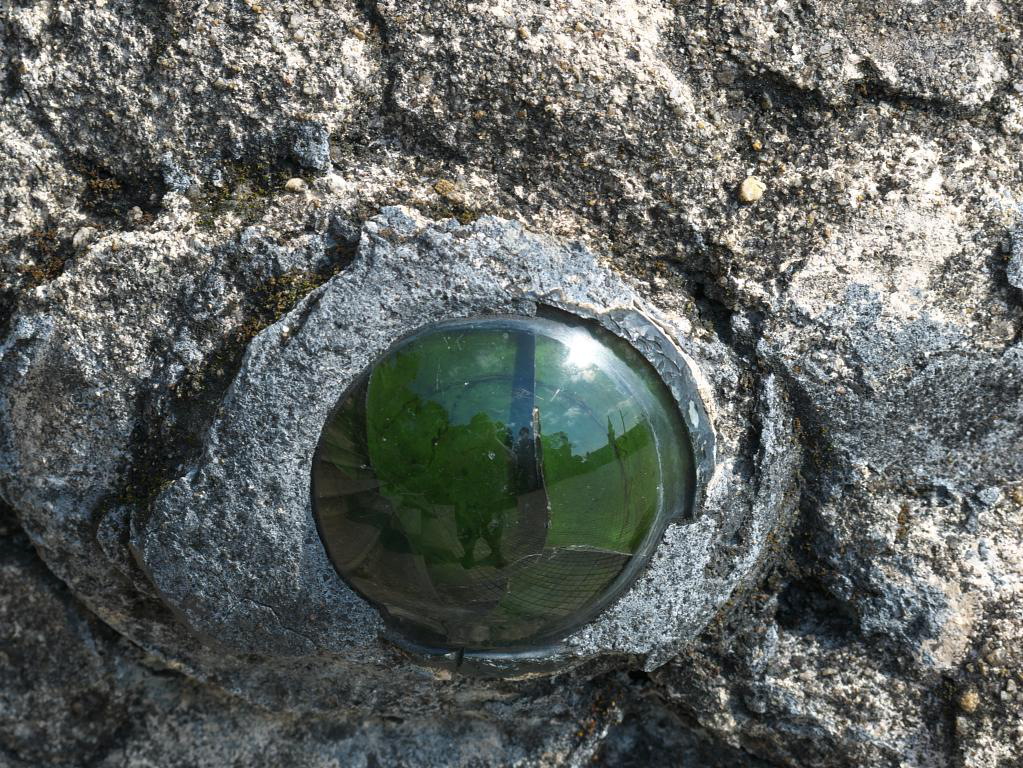
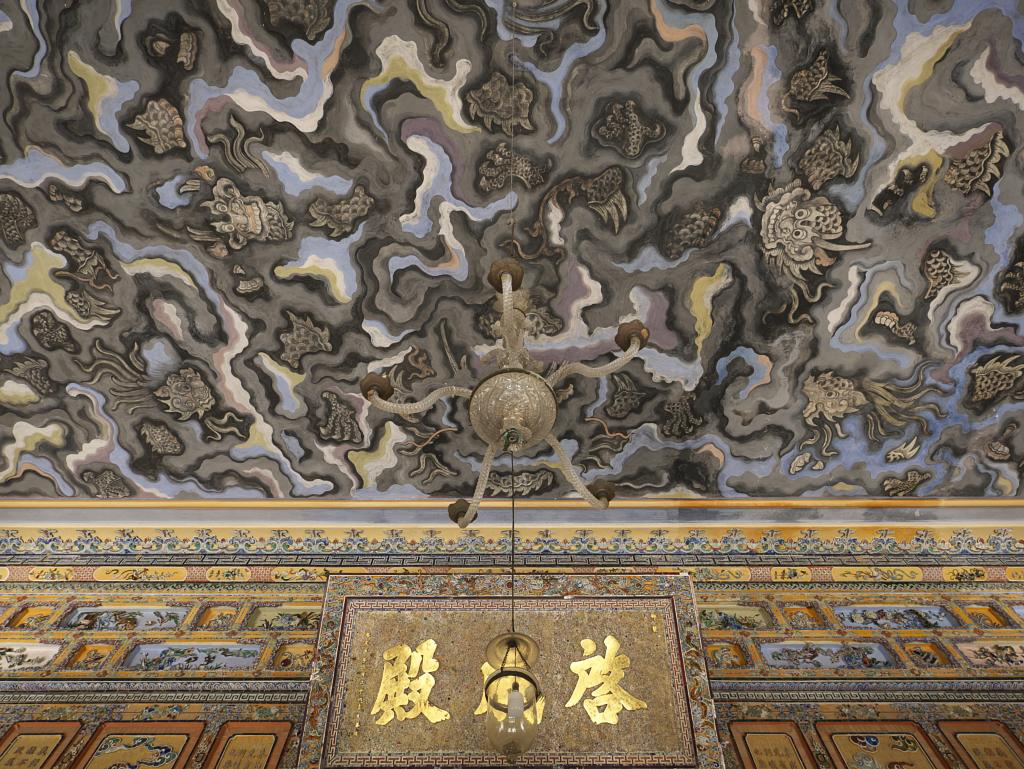



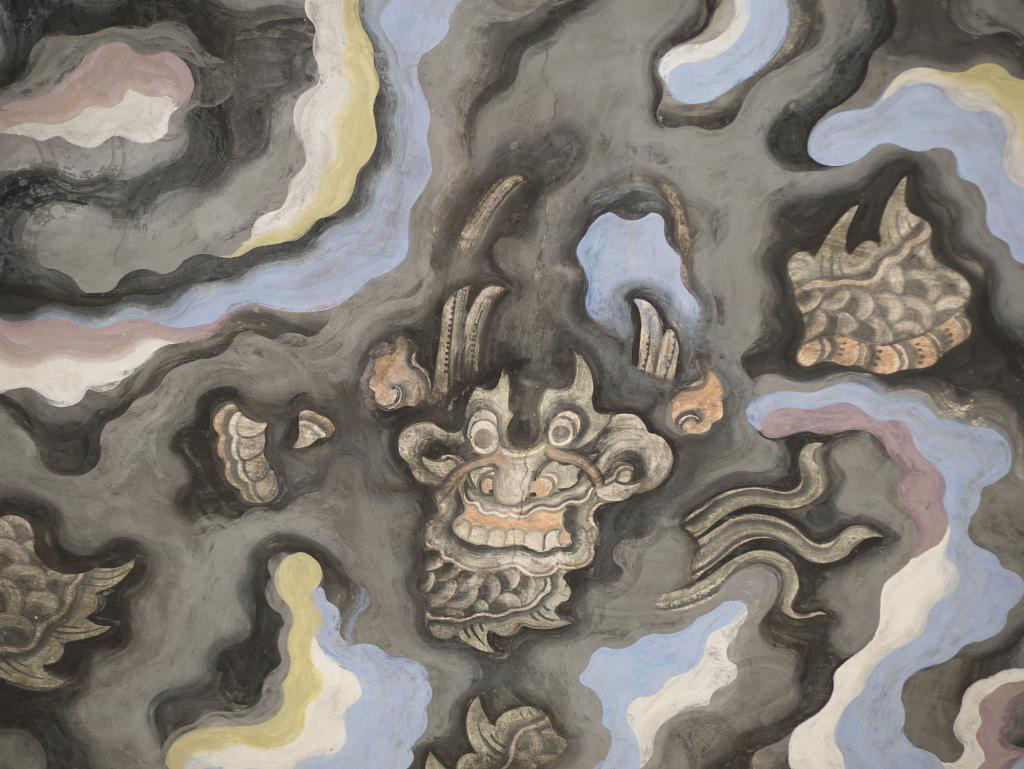

It was on to a bus for a trip to a village where they make incense sticks — by hand, one by one — and then to the Tu Duc tomb, our last stop. Tu Duc, who reigned from 1847-1883, is generally regarded as a good man and an able administrator. Regrettably, he had the misfortune of being in charge when the French arrived so that was it for him. Many imperial documents were on display including a report on the treaty with France and I don’t suppose the terms were very favourable for Vietnam. There was an amusing sign indicating the cost for having “servants” pose with you on the throne. I was engrossed in photographing this impressive location when our young tour guide failed to notice my absence and left without me. My wife was nice enough to point this out and the bus returned. Whew!


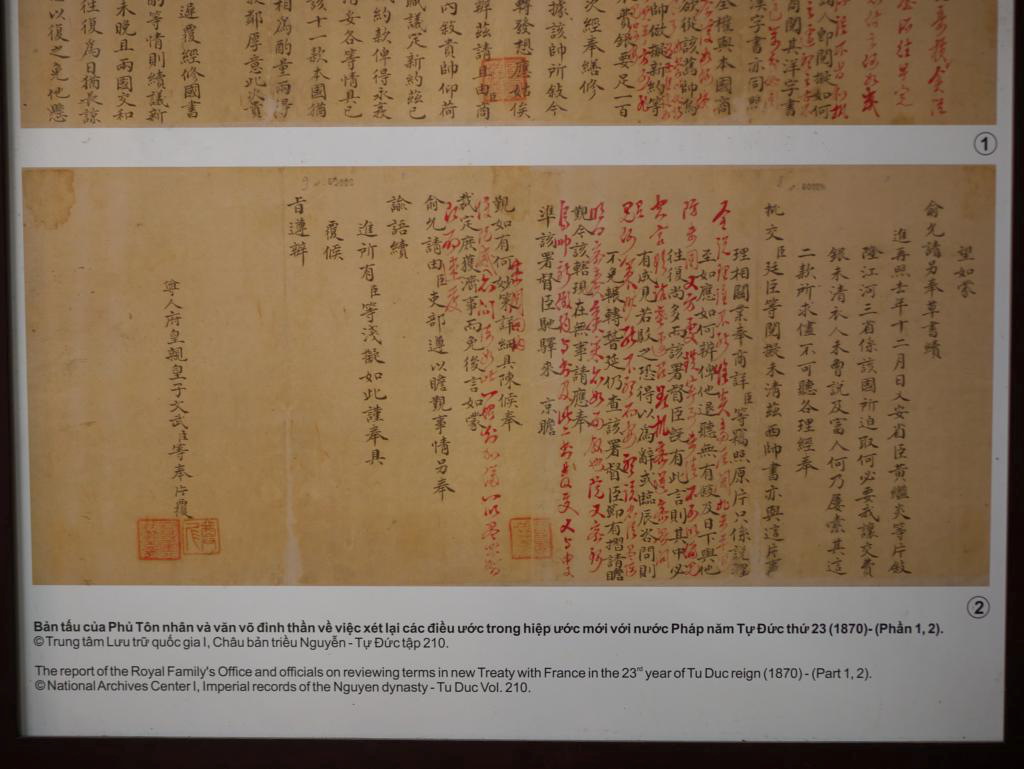







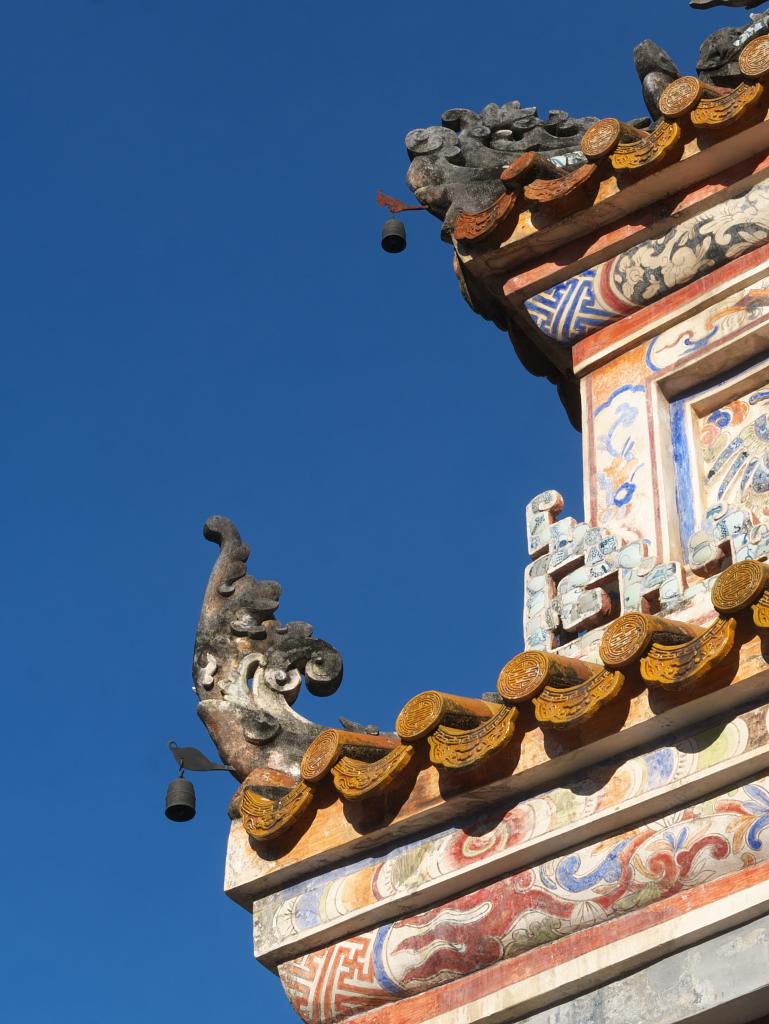



If you enjoyed this post, please share it using the buttons below.
Follows and comments are much appreciated!
Thank you for sharing your travels with me. I find all the photo fascinating. Keep with the group and don’t
get left behind anymore.
Enjoy and stay safe & healthy.
Mavis
LikeLike
Sometime the group just moves too fast! Thanks, Mavis.
LikeLike